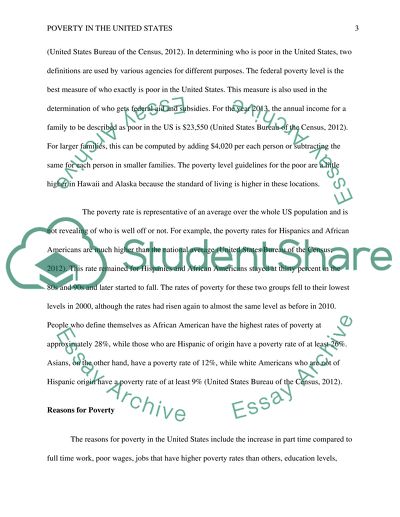Cite this document
(“Poverty in the United States Research Paper Example | Topics and Well Written Essays - 1500 words”, n.d.)
Retrieved from https://studentshare.org/sociology/1486326-poverty-in-the-united-states
Retrieved from https://studentshare.org/sociology/1486326-poverty-in-the-united-states
(Poverty in the United States Research Paper Example | Topics and Well Written Essays - 1500 Words)
https://studentshare.org/sociology/1486326-poverty-in-the-united-states.
https://studentshare.org/sociology/1486326-poverty-in-the-united-states.
“Poverty in the United States Research Paper Example | Topics and Well Written Essays - 1500 Words”, n.d. https://studentshare.org/sociology/1486326-poverty-in-the-united-states.


